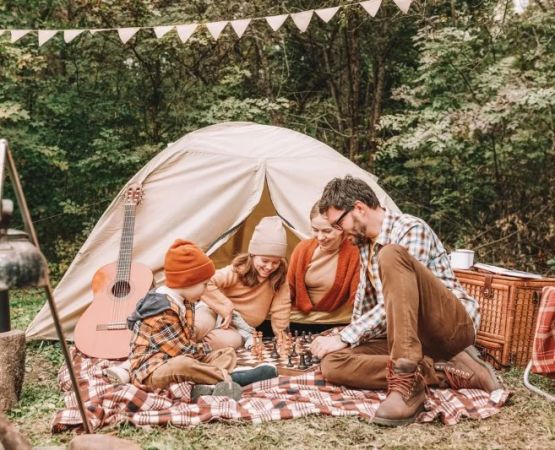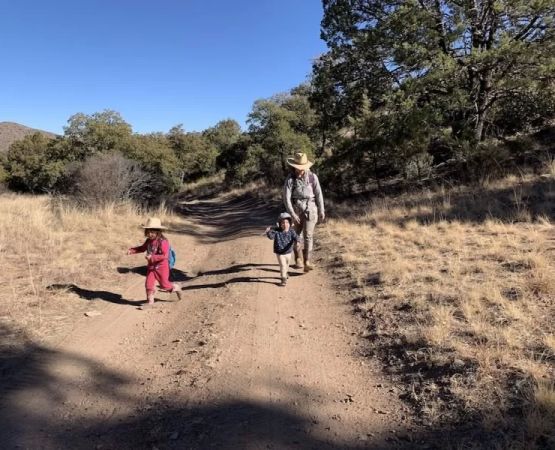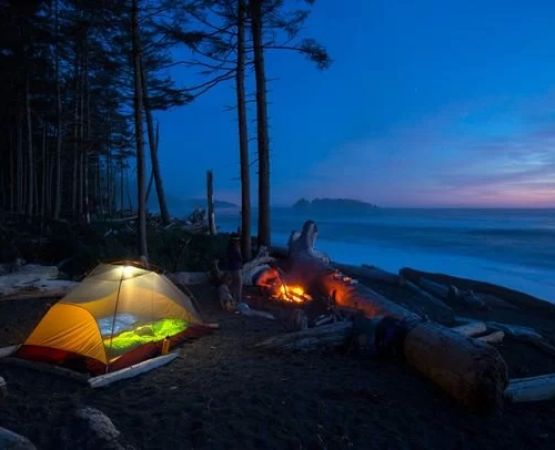- 1 - Why Outdoor Safety Matters for Large Groups
- 2 - Planning and Organization as the Foundation of Safety
- 3 - Communication Strategies to Keep Groups Connected
- 4 - Risk Management and Emergency Preparedness
- 5 - Real-Life Cases of Large Group Safety in the Outdoors
- 6 - Expert Recommendations for Safer Outdoor Adventures
Why Outdoor Safety Matters for Large Groups
Exploring nature as a group can be one of the most rewarding experiences, but it also brings unique safety challenges. Unlike solo or small-group adventures, large group outings require additional coordination, supervision, and contingency planning. The larger the group, the more diverse the participants’ skill levels and needs, which can increase risks if not managed properly. Outdoor safety for large groups ensures not only the enjoyment of the adventure but also the well-being of every individual. Resorts such as Pine Cliff Resort often emphasize these principles when organizing guided outdoor activities, demonstrating how vital structured safety protocols are to a positive group experience.
Planning and Organization as the Foundation of Safety
Proper planning is the cornerstone of any safe outdoor group event. Organizers must map routes, assign group leaders, and establish checkpoints to avoid confusion during activities like hiking or kayaking. Clear schedules and backup plans for unexpected weather changes or injuries are essential. For instance, when a university outdoor club organized a 60-person camping trip, meticulous planning—including designated team captains and staggered hiking schedules—helped maintain order and safety throughout the event. Without such foresight, even minor delays could have escalated into larger problems. This reinforces that organization is the invisible shield protecting group adventures.
Communication Strategies to Keep Groups Connected
In outdoor settings, communication is more than convenience—it’s a lifeline. Group leaders should use walkie-talkies, mobile radios, or pre-agreed whistle signals to maintain contact across distances. Dividing participants into smaller subgroups, each with a point leader, can prevent anyone from being left behind. On a recent hiking expedition involving 80 participants, a simple communication rule—every person always walks within sight of their subgroup leader—dramatically reduced the risk of separation. These strategies highlight the importance of clarity and consistency when managing large numbers of people in unpredictable environments.
Risk Management and Emergency Preparedness
Large group adventures demand a proactive approach to risk management. This includes identifying potential hazards such as river crossings, wildlife encounters, or extreme heat, and preparing responses before setting out. First aid kits, emergency contact lists, and evacuation strategies should always be part of the gear. For example, during a desert trek, one group leader carried additional hydration supplies and pre-identified shaded rest points, which prevented heat exhaustion among participants. Properly trained staff and access to resources from trusted providers like Pine Cliff Resort can give groups peace of mind that they are prepared for emergencies.
Real-Life Cases of Large Group Safety in the Outdoors
There have been many incidents that underline the importance of outdoor safety for large groups. In one widely shared online case, a school field trip went off-track when several students were separated from the group in a mountainous area. The lack of communication tools and clear instructions led to a stressful overnight search. Fortunately, all students were found safe, but the event became a lesson in why structured safety planning is non-negotiable. Conversely, successful cases also exist: a corporate retreat at Pine Cliff Resort featured carefully managed hiking and kayaking sessions where safety rules were strictly followed, resulting in a positive and memorable team-building experience.
Expert Recommendations for Safer Outdoor Adventures
Outdoor safety experts consistently recommend three pillars for group adventures: preparation, leadership, and adaptability. Leaders should be well-trained, capable of handling emergencies, and able to adapt when plans change. Group members, on the other hand, should be briefed on safety rules and encouraged to take shared responsibility. Finally, selecting the right location and equipment plays a significant role in ensuring safety. Choosing reliable destinations and services like those offered by Pine Cliff Resort can make all the difference by providing both quality outdoor experiences and trusted safety support. When these principles are respected, outdoor group activities become not only safer but also far more enjoyable.






